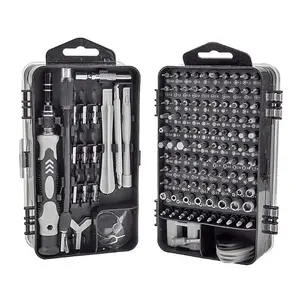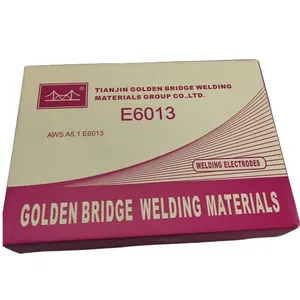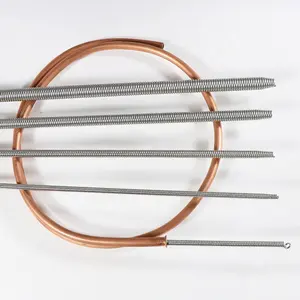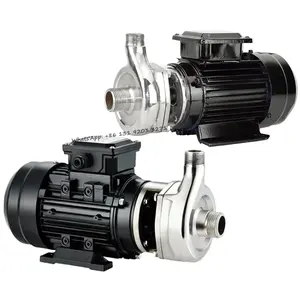Popular in your industry


































































Top categories
About ss316 wafer check valve
Understanding SS316 Wafer Check Valves
The SS316 wafer check valve is a pivotal component in modern fluid control systems. This category of valves is designed to allow the flow of gases or liquids in one direction, preventing backflow and potential system contamination. Predominantly crafted from robust stainless steel, the SS316 designation indicates the use of grade 316 stainless steel, known for its corrosion resistance and durability.
Types and Features
There are various types of stainless steel check valves, each tailored to specific applications and flow dynamics. The wafer-style check valve is characterized by its slim profile and ease of installation between flanges. Features such as spring-loaded discs and soft seat seals contribute to the valve's reliability and performance in various conditions.
Applications of SS316 Check Valves
The application of SS316 wafer check valves spans across numerous industries, including water treatment, chemical processing, and oil and gas. Their robust construction makes them suitable for high-pressure and high-temperature environments, ensuring system integrity and safety.
Material Advantages
Grade 316 stainless steel, utilized in wafer check valves, offers superior corrosion resistance, especially against chlorides and acidic substances. This material advantage extends the valve's service life and reduces the need for frequent maintenance or replacements.
Design and Functionality
The design of wafer type check valves is focused on minimizing pressure drop across the valve, which is crucial for maintaining the efficiency of the system. The compact design also allows for installation in tight spaces without compromising on the valve's functionality.
Selection Considerations
When selecting a wafer check valve stainless steel model, factors such as the size, pressure rating, and end connection must be considered to ensure compatibility with the existing system and optimal performance.






















